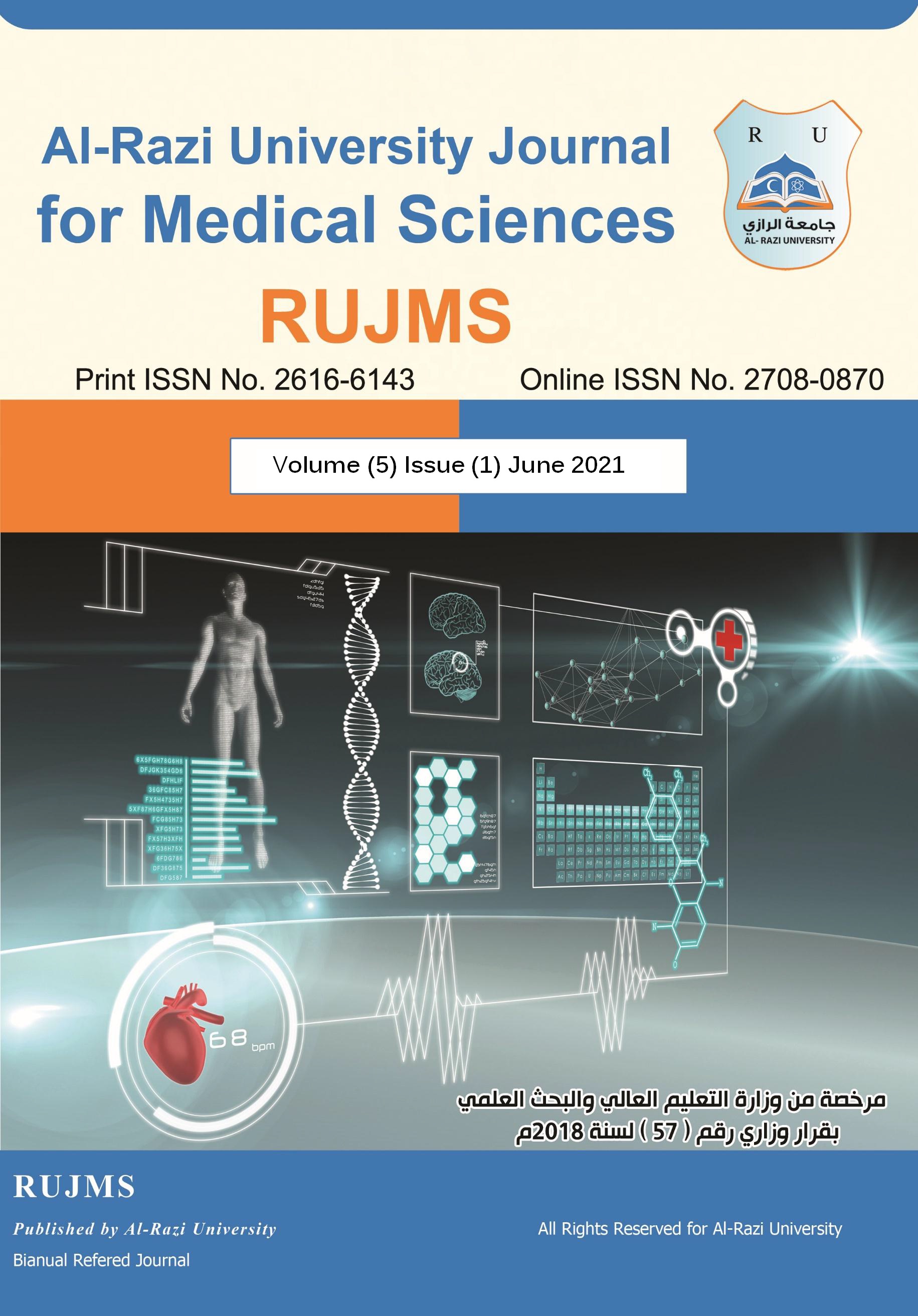Antibacterial Susceptibility of Isolated Bacteria from Wound Infection Patients Presenting at some Government Hospitals in Sana’a City, Yemen
Abstract
Background: The rapid development of pathogenic bacteria resistant to a common antibiotic is becoming the most serious health problems to healthcare workers and community. Aims: This study aimed to determine the antibacterial susceptibility profiles of isolated pathogenic bacteria from wound infections among patients attending some government hospitals in Sana’a City, Yemen. Methods: Two hundred and seventy-eight swab specimens were collected from patients’ wound infections during the period of November 2020 to February 2021. The required data were obtained by using the designed questionnaire. The identification of isolated pathogenic bacteria was performed by using standard microbiological methods. Also, antibiotic susceptibility tests were determined by using the Kirby-Bauer disc diffusion technique. Results: It was found that only 62.95% of specimens were recorded as positive growth in culture media and 37.05% were reported as negative growth. The infection was most prevalent in the age group of 41-50 years (47.36%), males (37.87%), and in patients living in rural areas (40.62%). Similarly, the higher rate of wound infection was among specimens collected from foot (48.65%), hospitalized for two weeks (46.03%), from hospital inpatient (38.28%), with diabetic foot ulcers (52.63%), and not using antibiotics (65.71%). The most frequent bacteria were Staphylococcus aureus (42.45%) followed by Pseudomonas aeruginosa (17.14%), Escherichia coli (13.06%), Staphylococcus epidermidis (12.24%), Streptococcus pyogenes (8.57%), Klebsiella sp. (3.27%), Enterobacter sp. (1.63%), Acinetobacter sp. and P. mirabilis (0.82% in each). Most bacteria isolates were showed high resistance to common antibiotics. Conclusion: The prevalence of antibiotic-resistant bacteria among wound patients may be representing the health-threatening in upcoming years. Therefore, it is important to implementation periodic surveillance of antibacterial susceptibility profiles, and appropriate management of wound infection to avoid the rise and spread of drug resistant bacterial strains.

